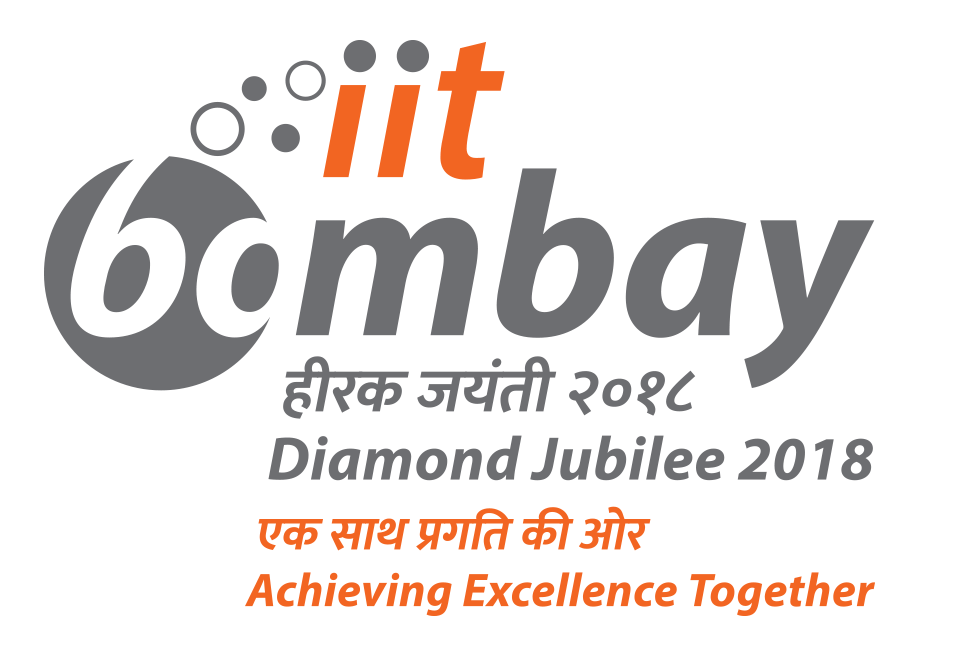Title: Surface plasmon nano-optics: beyond traditional understanding
Speaker: Dr. Pabitra Das, Université Paris-Sud
Abstract: Nano-optics aims at the understanding of optical phenomena at the nanometer length scale. A rapid advancement of nanoscience and nanotechnology in last decades makes it essential to look for adequate tools and strategies for fabrication, manipulation and characterization at the nanometer scale as well as sophisticated analytical and computational methodology for better understanding of the underlying physics.1
In my talk I will mostly focus on my personal experience of last few years in doing optics and more specifically plasmonics at the nanoscale. Plasmonics deals with light confinement at the nanoscale. This is achieved by binding light to coherent electron oscillations at the surfaces of metallic nanoparticles, the so-called surface plasmons (SPs) or surface plasmon polaritons. These SPs come together with large field enhancements and evanescent fields in the vicinity of metallic nanoparticles, which allow light confinement to sub-diffraction volumes. Besides being of fundamental interest, this topic holds promise for a variety of photonic applications, such as optical communication and storage, surface enhanced spectroscopies and quantum optics.
In my talk, first I will describe the Physics of localized surface plasmons. I will show how we have exploited the symmetry of the metallic nanoparticle to probe non-Hermiticity and bi-orthogonality. The theory of bi-orthogonality in plasmonics is known for quite a while although very often the bi-orthogonal section is historically seen as a mathematical inconvenience.2 We start with this mathematical inconvenience and exploit it in the light of our present understanding. Finally I will show that how this can be combined with existing numerical and experimental techniques to probe counter intuitive-phenomena like plasmon-self hybridization.3,4 I will compare our study with the huge ongoing research activity in photonics community based on parity-time (PT) symmetry.
Finally I will talk about electron energy gain spectroscopy (EEGS) a new type of spectroscopy for which I am developing the instrumentation since last few years. This would add time resolved capabilities to our existing spectro-microscopic setups.
References:
1. Novotny, L., & Hecht, B. Principles of nano-optics. Cambridge University Press (2012).
2. Ouyang, F. & Isaacson, M. Surface plasmon excitation of objects with arbitrary shape and dielectric constant. Philos. Mag. B 60, 481–492 (1989).
3. Das, Pabitra, Lourenço-Martins, Hugo, Tizei, Luiz H. G., Weil, Raphael, & Kociak, Mathieu Nanocross: a highly tunable plasmonic system. The Journal of Physical Chemistry C, 121(30), 16521-16527 (2017).
4. Lourenço-Martins, Hugo, Das, Pabitra, Tizei, Luiz, Weil, Raphael, & Kociak, Mathieu. Self-hybridization within non-Hermitian localized plasmonic systems. Nature Physics, xx, xxxx (2018). (doi:10.1038/s41567-017-0023-6)

